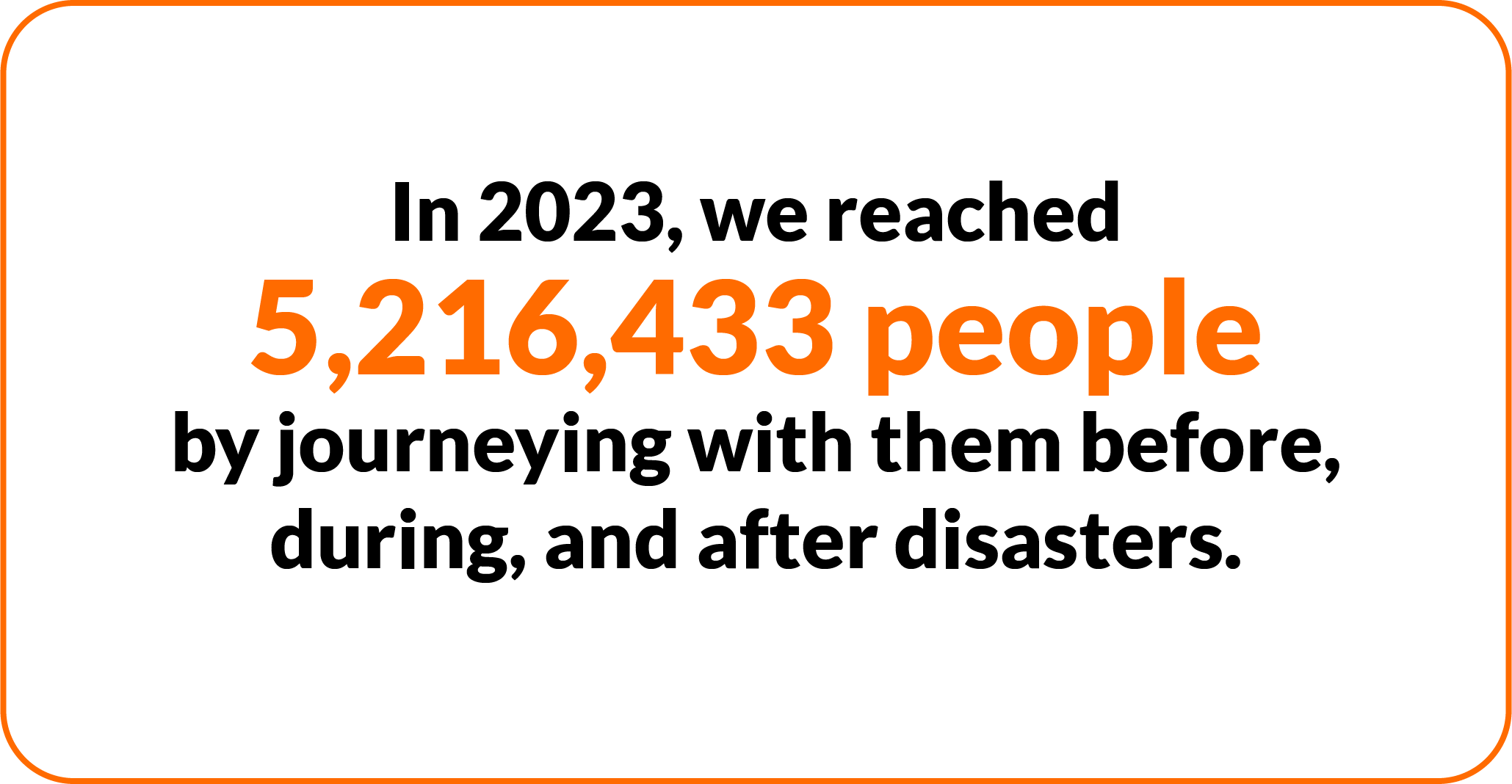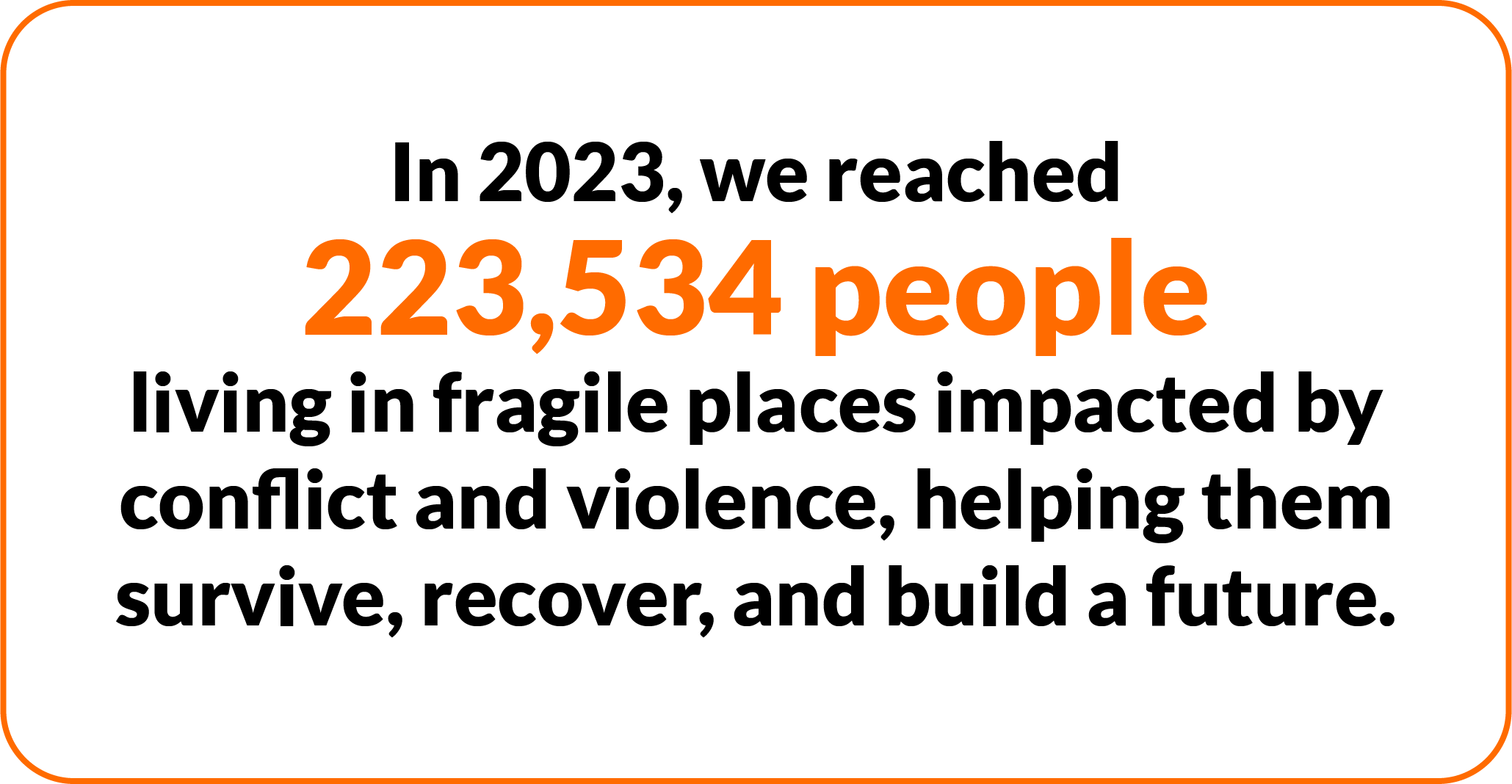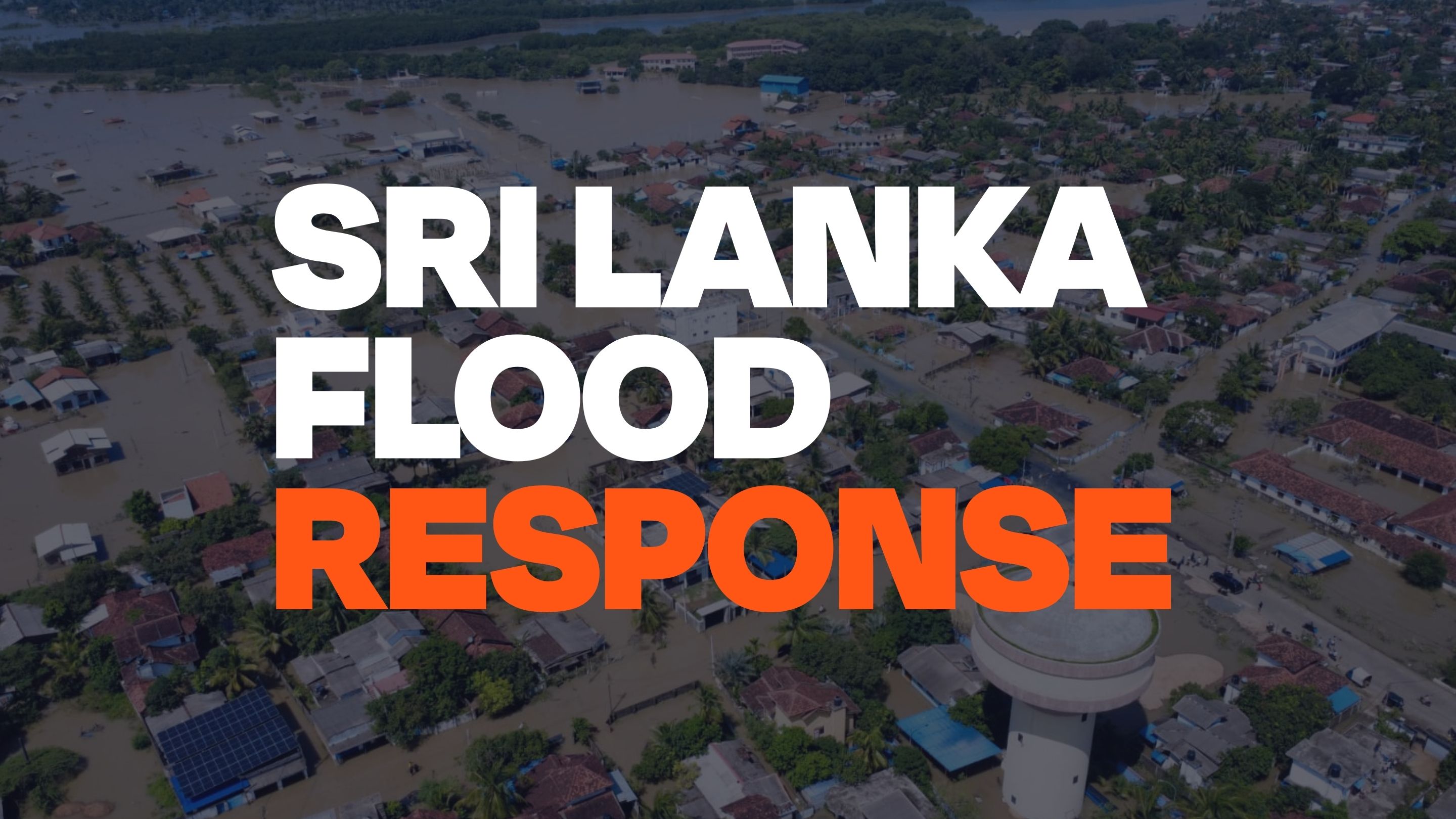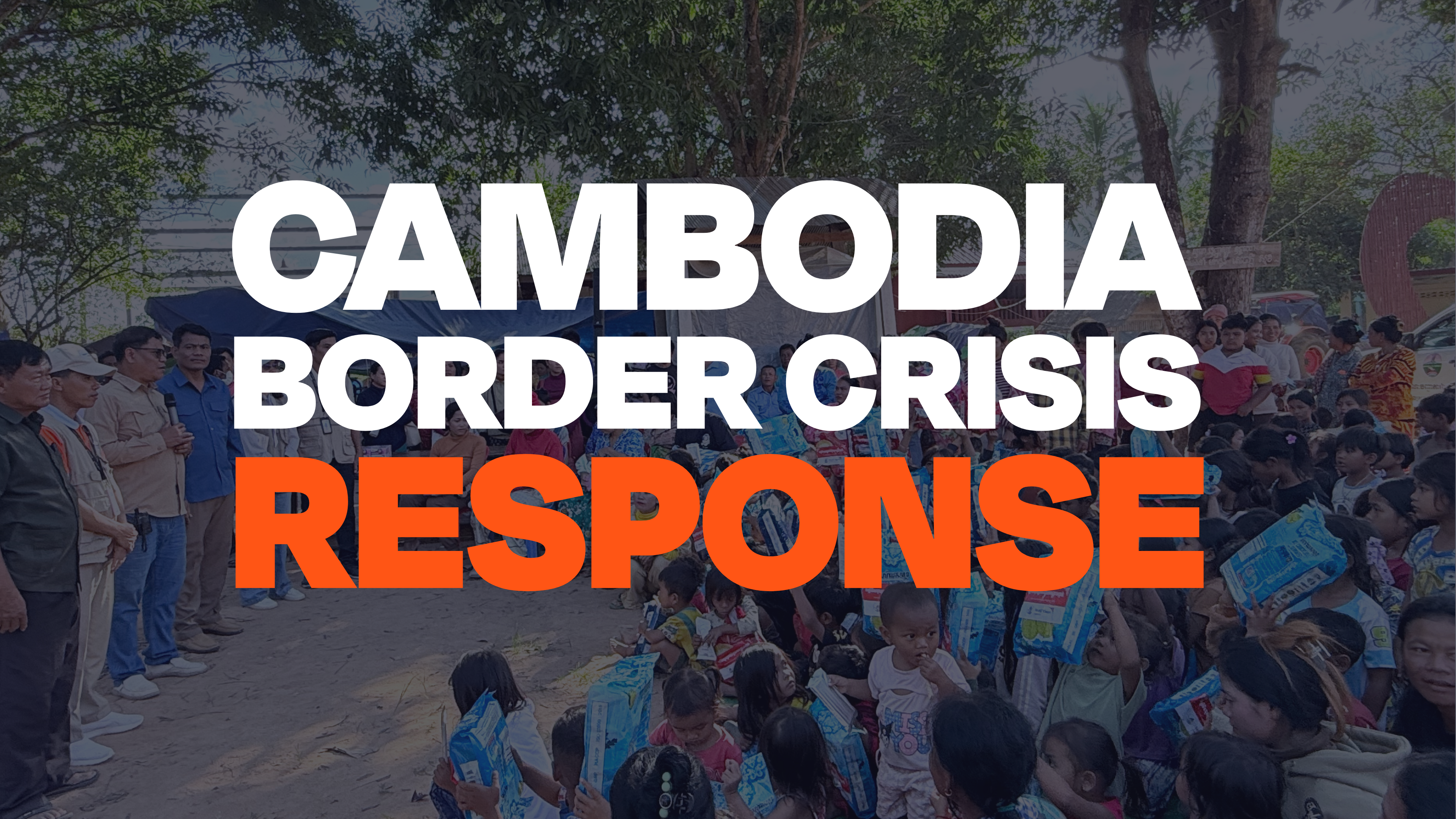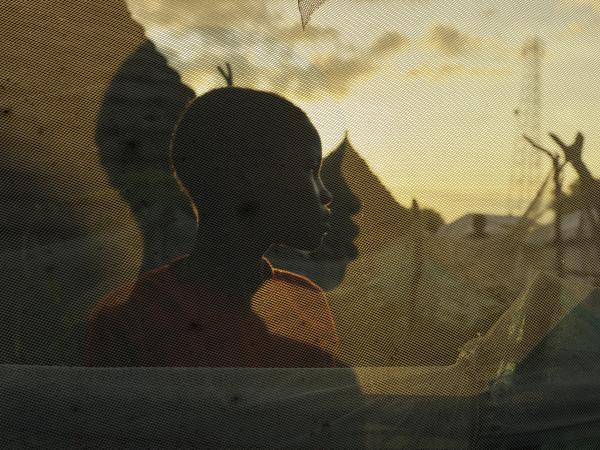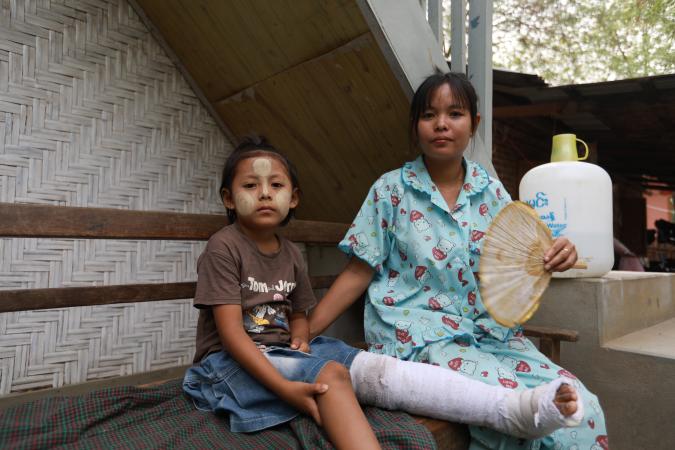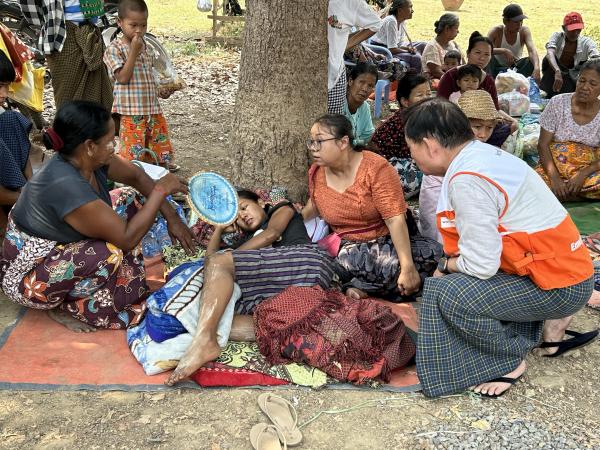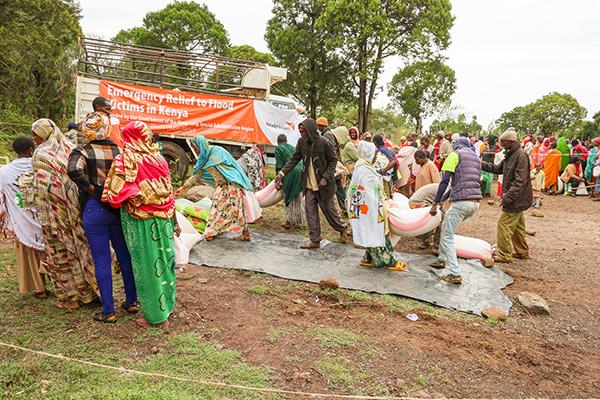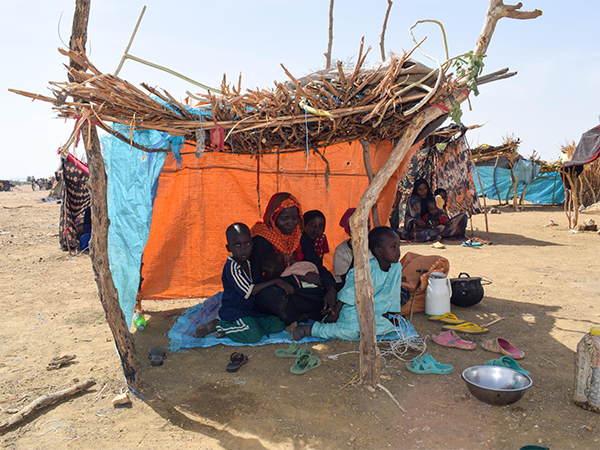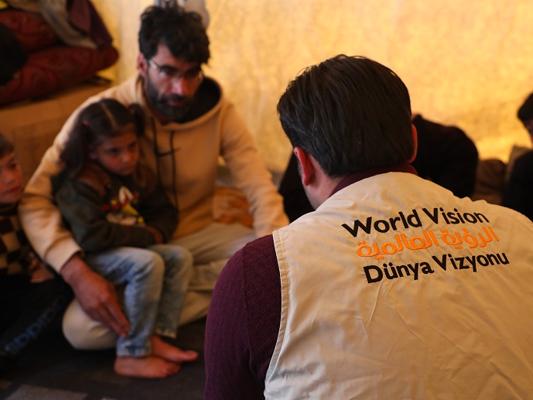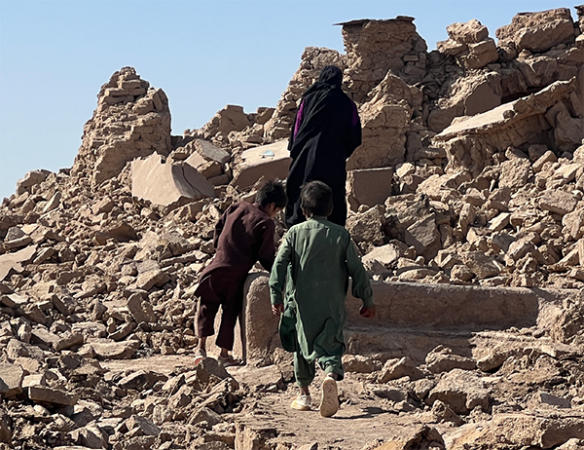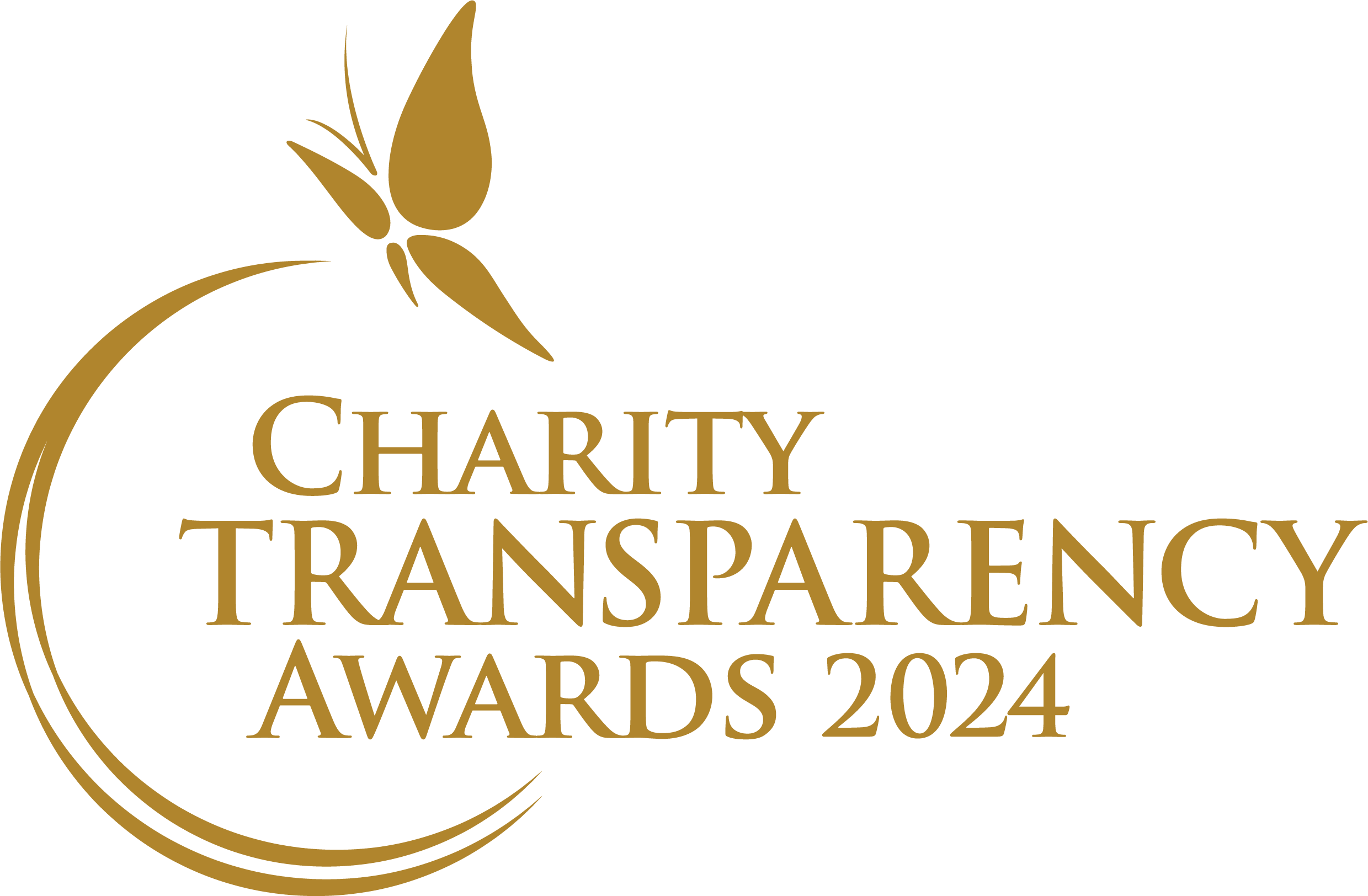When a disaster or crisis strikes, World Vision adopts a “first-in, last-out” approach. Within 24 to 72 hours of the crisis or disaster, we first reach survivors with life-saving emergency aid, and then we stay for the long term to help children and families recover and rebuild their futures. We stand with them – before, during, and after crises and disasters.
Why It Matters
In the wake of conflict and natural disasters, lives can change in an instant.
Today, more than 473 million children are living in conflict zones, and natural disasters are hitting harder and more frequently due to climate change.
Behind every statistic is a child longing for safety, a family searching for hope.
But we cannot do it alone.
Your support can impact lives in these places
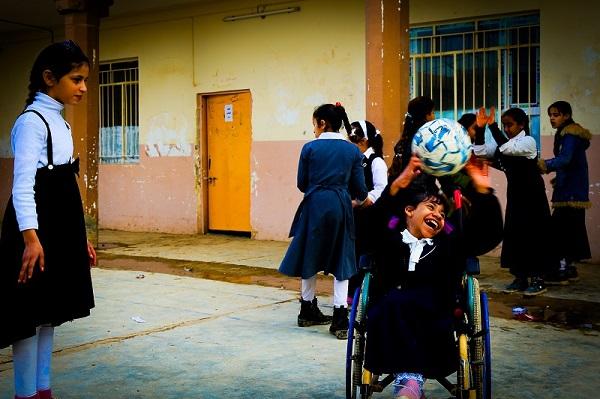
Iraq
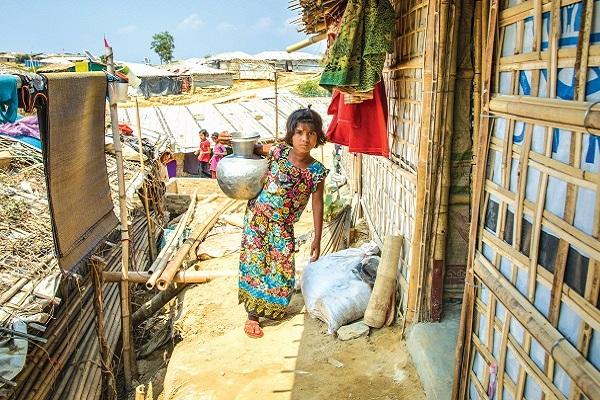
Bangladesh
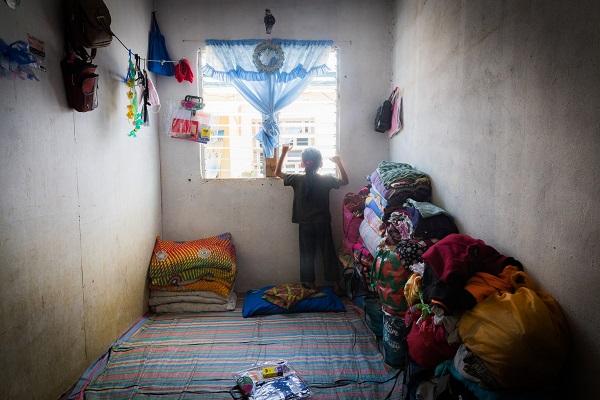
Philippines
Empowering Children's Futures
in the World's Most Fragile Places
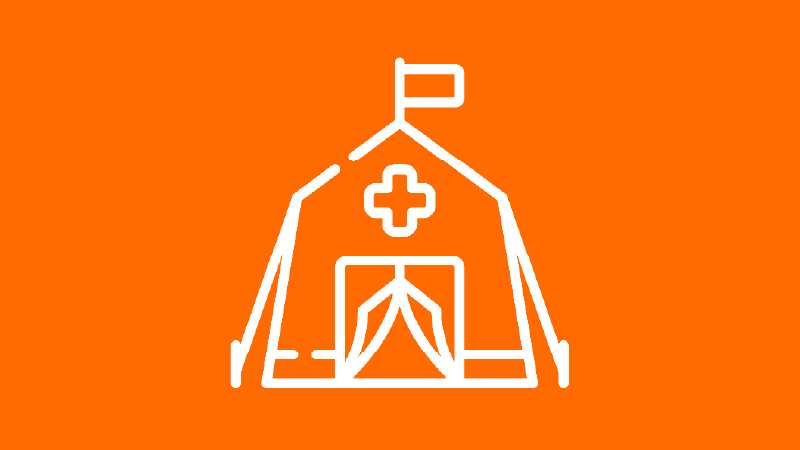
Survive
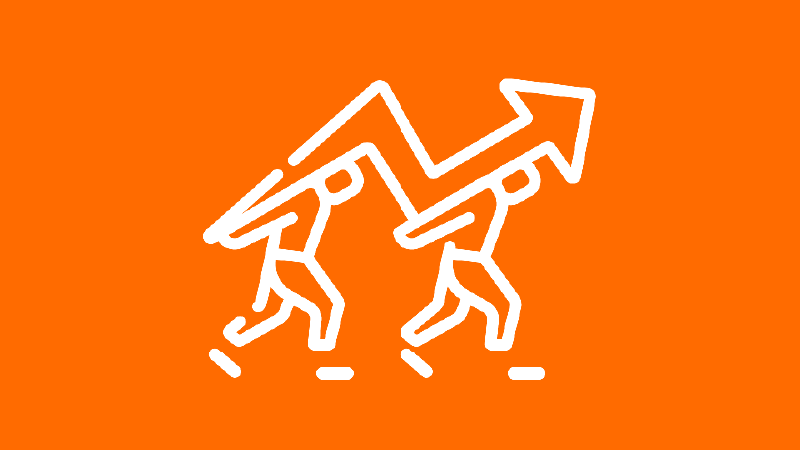
Recover
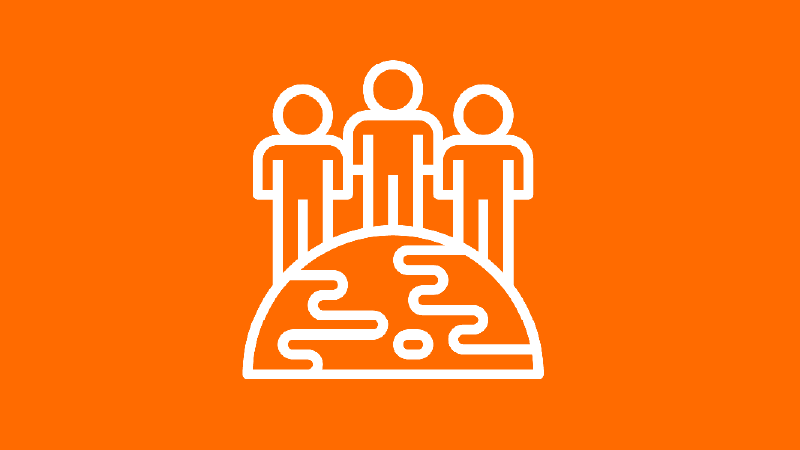
Build
Every crisis demands more than a response. It calls for commitment, expertise, and compassion. With decades of experience in the world’s most fragile regions, we adapt to changing circumstances to help children and families in the hardest-to-reach places. Our holistic approach addresses urgent needs and creates lasting solutions, ensuring that children’s well-being remains our priority, no matter how complex the crisis.
Stories of Overcoming Crises and Disasters
Through the voices of children, families and our field staff, discover stories of hope and resilience
Making an Impact
